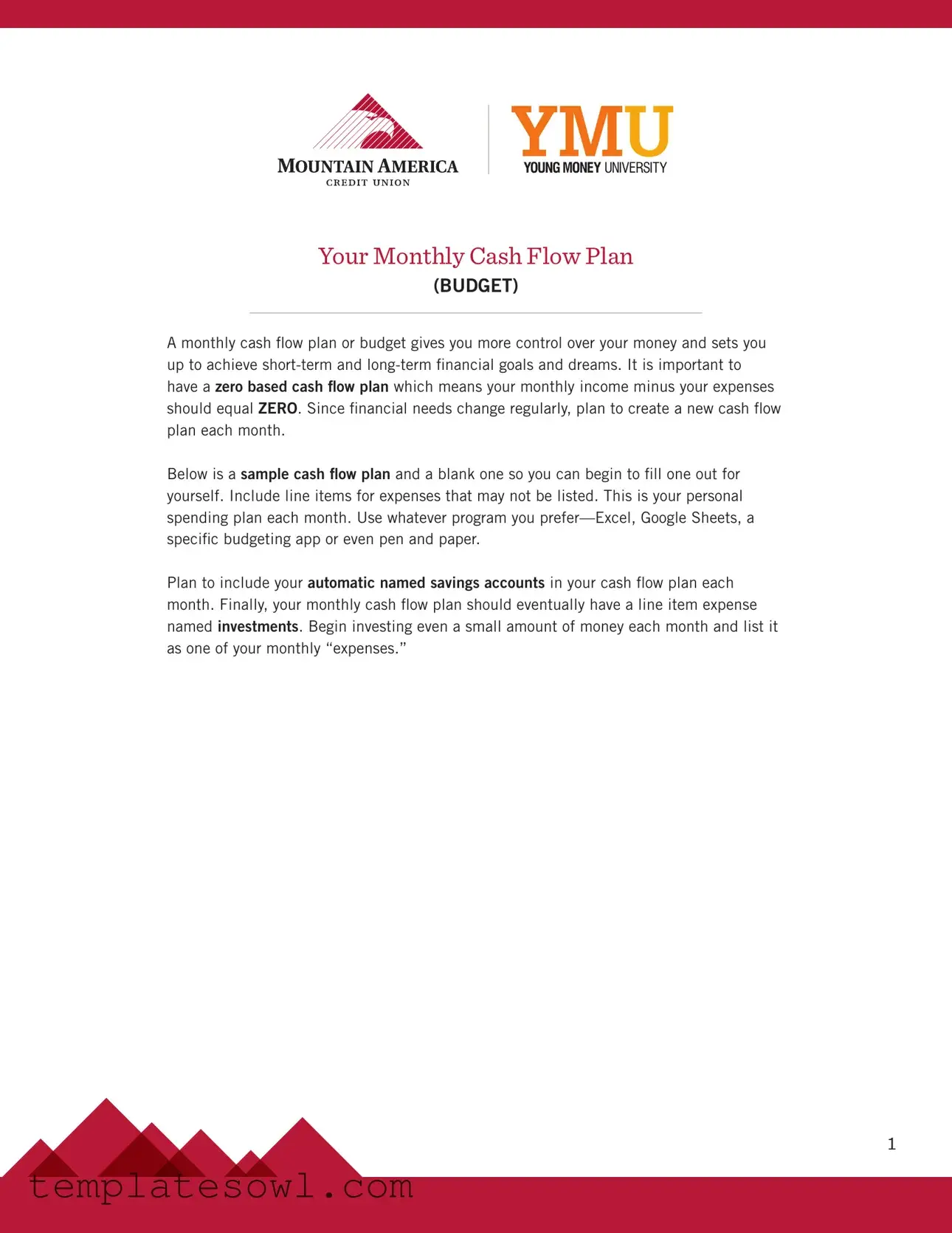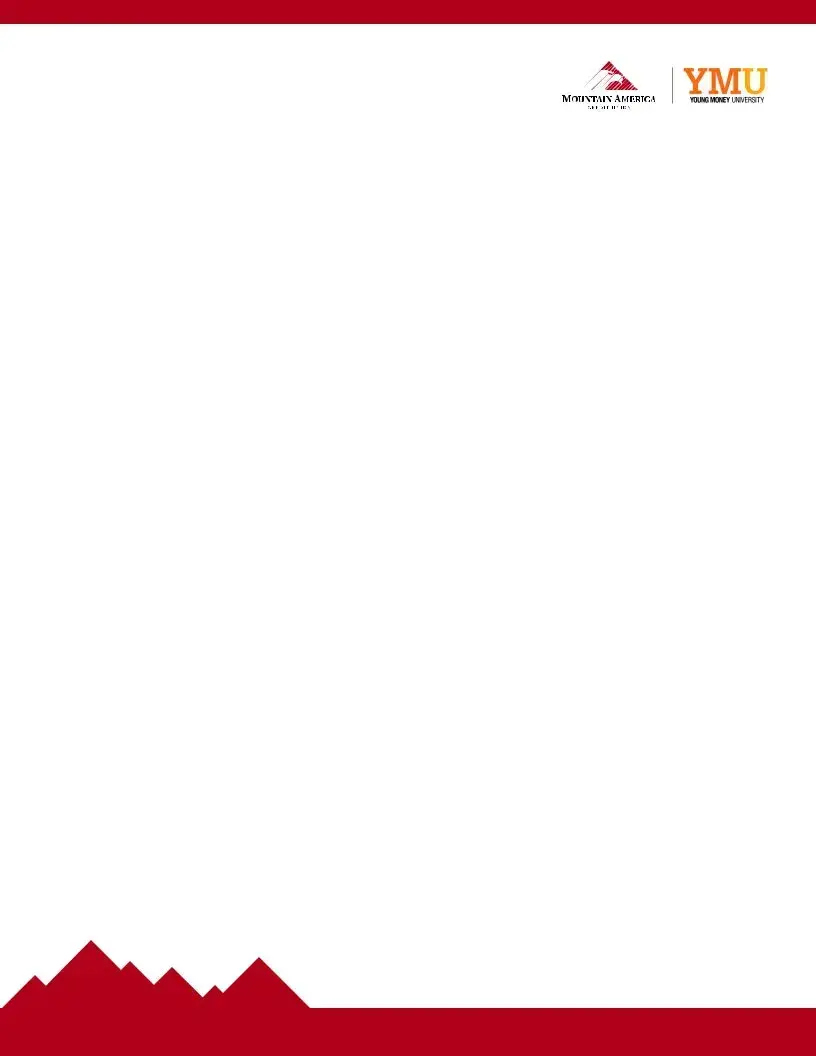What is a Monthly Cash Flow Plan?
A Monthly Cash Flow Plan, often referred to as a budget, helps you manage your finances effectively. It allows you to see how much money you have coming in and going out each month. By using this plan, you can take control of your finances and work towards your short-term and long-term financial goals.
Why is it important to have a zero-based cash flow plan?
A zero-based cash flow plan means that your monthly income minus expenses equals zero. This approach ensures that every dollar you earn is assigned a purpose. It helps prevent overspending and encourages you to stay aware of your financial situation. Ultimately, this method can lead to better savings and investment habits.
How often should I create a cash flow plan?
Your financial needs can change frequently. Therefore, it is advisable to create a new cash flow plan each month. By reviewing and adjusting your budget regularly, you can better respond to changes in expenses or income.
What kind of expenses should I include in my plan?
Your cash flow plan should include all of your monthly expenses, even those that might not be listed in the sample. Common categories include living expenses, transportation costs, food, medical expenses, and personal expenses. Additionally, don't forget to account for savings and investments as part of your monthly expenses.
Can I use any program to create my cash flow plan?
Yes, you can use whatever program or method you prefer. Options include Excel, Google Sheets, budgeting apps, or even pen and paper. Choose a format that is easy and comfortable for you to use, allowing for effective tracking of your finances.
What if I have irregular income?
In cases of irregular income, estimating your average monthly income can help. You might look at the last few months of income to determine what a typical month looks like for you. This way, you can budget based on an average, making adjustments as needed when new income arrives.
Should I include savings accounts in my cash flow plan?
Yes, you should include any automatic savings accounts in your cash flow plan. Treat savings like a regular expense. By doing this, you prioritize saving money and ensure that you are consistently working toward your financial goals.
What about investments in my budget?
Investing is an important aspect of financial planning. Even if you start small, include an investment line item in your budget. Treat it as a regular monthly expense, which will highlight its significance in building your wealth over time.
What is the purpose of tracking my total income and expenses?
By tracking your total income and expenses, you can determine your financial health each month. This allows you to see if you are living within your means or if adjustments are necessary. Understanding the balance between income and expenses can help you make informed financial decisions.
Can I customize my personal cash flow plan?
Your cash flow plan is personal and should reflect your unique financial situation. Feel free to add or remove categories based on your individual needs. The goal is to create a spending plan that works for you and helps you achieve your financial dreams.



